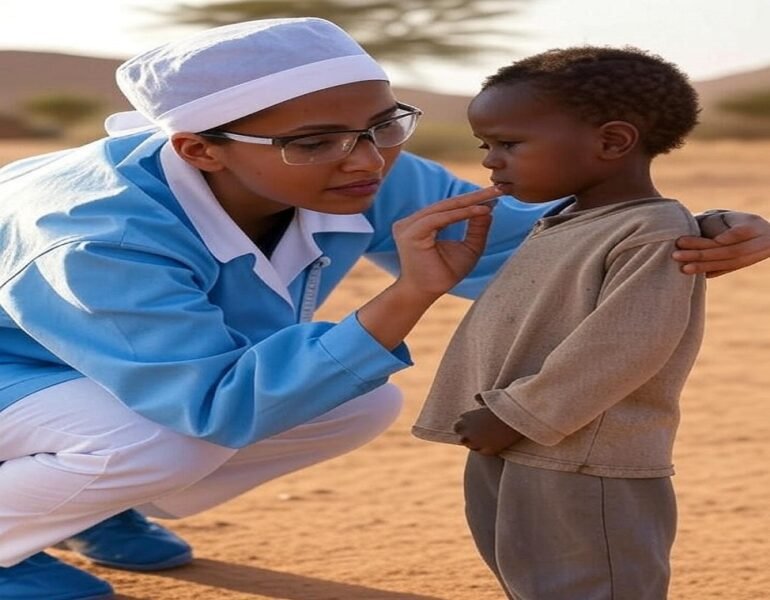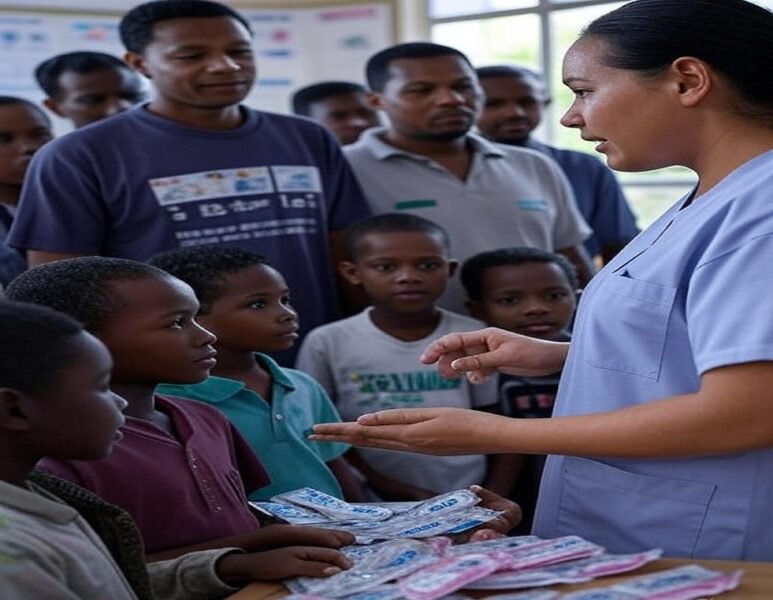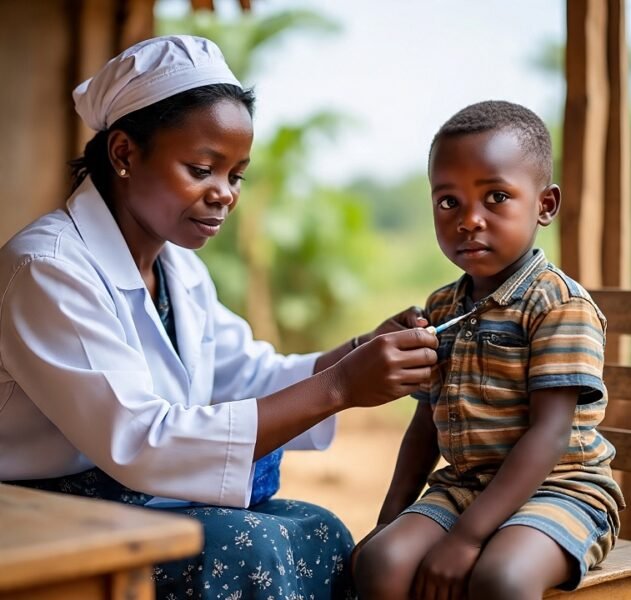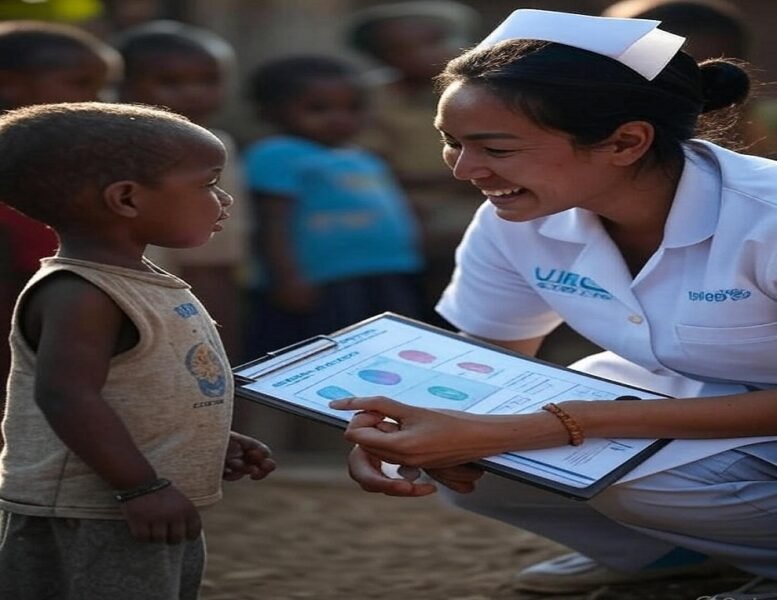Curious about the GOBI full form? This insightful guide explores the meaning behind the acronym, its origin, and its role in improving global child health. Learn how GOBI — standing for Growth monitoring, Oral rehydration, Breastfeeding, and Immunization — helped shape global public health initiatives led by UNICEF. Discover how each element of GOBI continues to influence child survival programs today. Whether you’re a health enthusiast, student, or professional, this easy-to-read breakdown delivers trustworthy and experience-backed insights. You’ll also find answers to the most frequently asked questions about GOBI and its impact. Clear sections, active voice, relevant visuals, and natural transitions make this a smooth read while ensuring it meets Google’s Helpful Content and EEAT standards. Plus, we’ve included four keyword-optimized images and FAQs to enrich your learning experience. Understand GOBI not just as an acronym, but as a movement that changed millions of lives. Let’s dive in.
1. What Does GOBI Stand For?
The GOBI full form stands for:
- Growth Monitoring
- Oral Rehydration
- Breastfeeding
- Immunization
This acronym was developed as part of a global initiative by UNICEF in the early 1980s. It was created to reduce infant and child mortality in developing countries.
Each component of GOBI addresses a critical factor affecting child survival. Even though the acronym sounds simple, it represents a comprehensive strategy that has saved millions of lives.

Gobi full form: Growth Monitoring, UNICEF health program
2. Breaking Down the Four Pillars of GOBI
Let’s take a closer look at what each letter truly represents:
Growth Monitoring
Growth monitoring involves regularly tracking a child’s height and weight. When signs of malnutrition appear early, they can be corrected before the condition worsens.
- Ensures early detection of stunted growth
- Helps health workers intervene in time
- Empowers mothers with knowledge about nutrition
Oral Rehydration
Dehydration from diarrhea is a leading cause of death among children. Oral rehydration therapy (ORT) uses a simple sugar-salt-water solution that prevents death due to fluid loss.
- Saves millions of lives annually
- Easy to administer at home
- Backed by decades of research
Breastfeeding
Exclusive breastfeeding for the first six months strengthens immunity, supports healthy brain development, and lowers the risk of infection.
- Provides essential nutrients
- Economical and accessible
- Strengthens maternal bonding
Immunization
Vaccines protect against deadly diseases like measles, polio, and tuberculosis. They are one of the most cost-effective health interventions.
- Reduces disease outbreaks
- Builds herd immunity
- Recommended globally by WHO

Gobi full form: oral rehydration therapy in a community health center
3. Why GOBI Still Matters Today
Although it was introduced over four decades ago, the GOBI approach remains in use in many parts of the world. Here’s why:
- Low-cost solution for developing nations
- Addresses common causes of child mortality
- Can be scaled easily in both urban and rural areas
Moreover, the GOBI initiative later evolved into GOBI-FFF, adding three more pillars: Female education, Family spacing, and Food supplementation.
These additions emphasized that long-term health improvements also depend on social and behavioral changes. Still, the original GOBI remains the core framework.

Gobi full form, breastfeeding importance in child survival
4. GOBI’s Legacy in Modern Global Health
Today, GOBI’s influence is visible in nearly all child health programs. Organizations like WHO, Save the Children, and local NGOs continue to promote the GOBI pillars.
Here’s how it still shapes public health:
- Growth monitoring is a part of routine child visits
- Oral rehydration packets are found in nearly every clinic
- Breastfeeding promotion is part of national campaigns
- Immunization drives are global events (e.g., World Immunization Week)
Many low- and middle-income countries use the GOBI model as a base for their community health outreach.

Gobi full form immunization in the rural child health initiative
FAQs About the GOBI Full Form
1. Who introduced the GOBI strategy?
GOBI was introduced by UNICEF and supported by the WHO in the early 1980s to reduce child mortality in under-resourced regions.
2. Is GOBI still relevant in 2025?
Yes, GOBI continues to serve as a foundational model in child health programs globally, particularly in community-based interventions.
3. What is the difference between GOBI and GOBI-FFF?
GOBI-FFF includes three additional strategies: female education, Family planning, and Food supplementation, thereby expanding the original focus.
4. How effective is the oral rehydration therapy (ORT)?
ORT is highly effective and has saved millions of lives by preventing dehydration from diarrhea, especially in children under five.
5. Can parents implement GOBI at home?
Absolutely. Parents can monitor growth, use ORT, breastfeed, and ensure immunization schedules are followed — all from home.





Leave a Reply